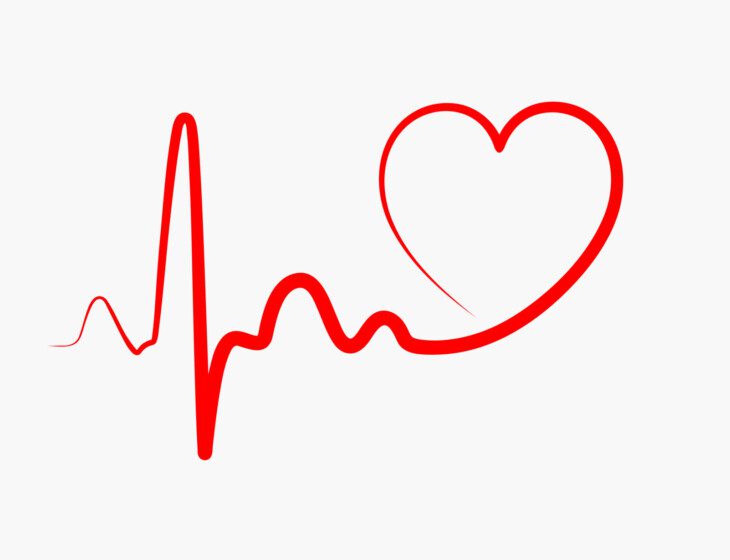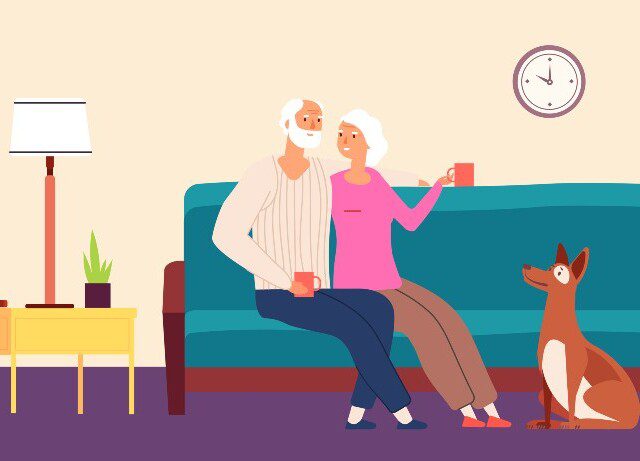As the calendar turns to February, our nation turns its attention to our hearts. But not just for Valentine’s Day. In 1956, President Lyndon B. Johnson declared February American Heart Month to bring attention to heart health and heart disease – the number one killer of Americans each year. Heart health is especially important for patients at risk of developing life-threatening rapid heart rhythms that could leave them unconscious and unable to call for help. But there is a new technology called a cardiac LifeVest™ available to patients at risk of sudden cardiac death (SCD). Let’s take a closer look at heart health and the LifeVest wearable cardioverter defibrillator (WCD).
Why is heart health important?
As the leading cause of death in the United States, cardiovascular disease kills nearly 2,300 Americans a day. Consider the facts:
- Heart disease kills more people than all forms of cancer combined.
- Heart attacks affect over 1.4 million people every year.
- 83% of people don’t engage in activities that can prevent heart attacks.
- 72% of Americans don’t think they’re at risk for heart disease.
- 58% of people are not working to improve their heart health.
Heart disease is preventable in most cases when people make healthy choices such as not smoking, maintaining a healthy weight, controlling blood sugar and cholesterol, treating high blood pressure, exercising at least 150 minutes a week, and getting regular checkups.
Who needs a cardiac LifeVest?
Heart attack survivors and other patients may have conditions that put them at risk of developing a life-threatening rapid heart rhythm that could lead to a heart attack or sudden cardiac death. If you fall into this category, your doctor may prescribe the LifeVest WCD to address abnormal and dangerous heart rhythms.
How does the LifeVest WCD work?
A cardiac LifeVest consists of a lightweight, comfortable vest worn under clothing and a monitor worn around the waist. The vest contains electrodes that detect your heart rhythm, or electrocardiogram (ECG), and sends that information to the monitor, which is about the same size as a paperback book.
If your ECG indicates a rapid heartbeat (ventricular tachycardia) or rapid, uncontrolled, ineffective heartbeat (ventricular fibrillation), the unit sounds an alarm. If you’re conscious and able to call for help, you can press two buttons on the monitor to stop the treatment sequence. However, if you don’t respond, the cardiac LifeVest warns bystanders that an electrical shock is about to be delivered. If your condition continues and you’re still unresponsive, a treatment shock is delivered through the electrodes in the vest.
Then, if your heartbeat returns to normal after the shock, the alarms stop and the LifeVest WCD returns to normal monitoring. However, if your heartbeat doesn’t return to normal, the treatment cycle repeats, delivering up to five treatment shocks.
How does a cardiac LifeVest differ from an automatic external defibrillator (AED)?
Unlike an AED, a cardiac LifeVest is designed to work without requiring a bystander to witness a cardiac event and operate the AED to treat the patient. A patient’s chances of survival drop about 10% each minute following the onset of fibrillation, requiring a bystander to take quick action. But since the LifeVest WCD continually monitors the heart’s rhythm, it can deliver a treatment shock usually within one minute of detection of a lethal arrhythmia. And it protects the patient even when they’re alone or sleeping.
How does a cardiac LifeVest differ from an implantable cardioverter defibrillator (ICD)?
Both a LifeVest WCD and an ICD provide continuous monitoring and intervention to patients. Cardiac LifeVests, however, require no surgery and can serve as a bridge for patients awaiting a heart transplant. It can also function as a temporary solution for higher-risk patients being considered for ICD implantation, but who may not yet meet the criteria for implantation. Examples may include:
- Patients who have had large myocardial infarctions
- Patients who’ve undergone coronary revascularization with decreased left ventricular function
- Patients who have an infection
- Patients with an ICD malfunction and are awaiting reimplantation
For us, every month is about heart health.
At The Stayton at Museum Way, heart health is a priority. Our team of caregivers has been trained to use cardiac LifeVests for residents who benefit from them. Please use the contact form below to learn more about LifeVest technology or any of the many health services we provide.


